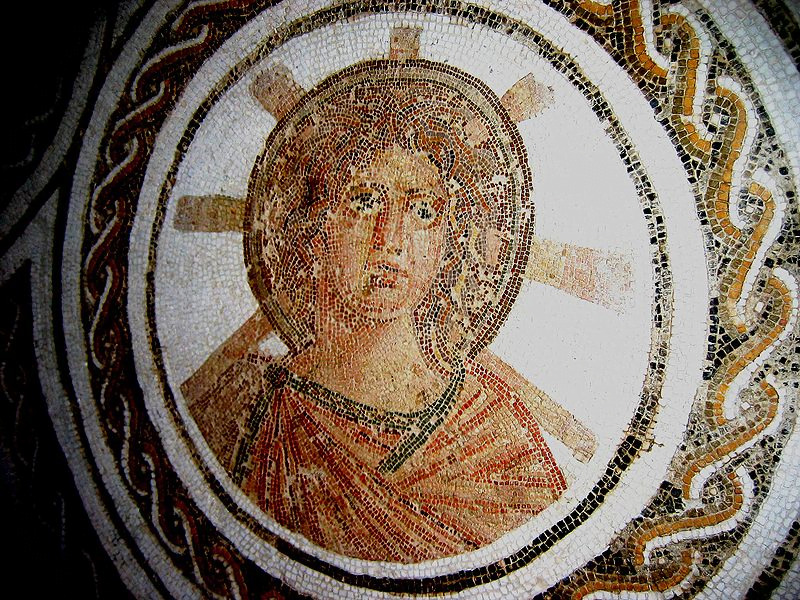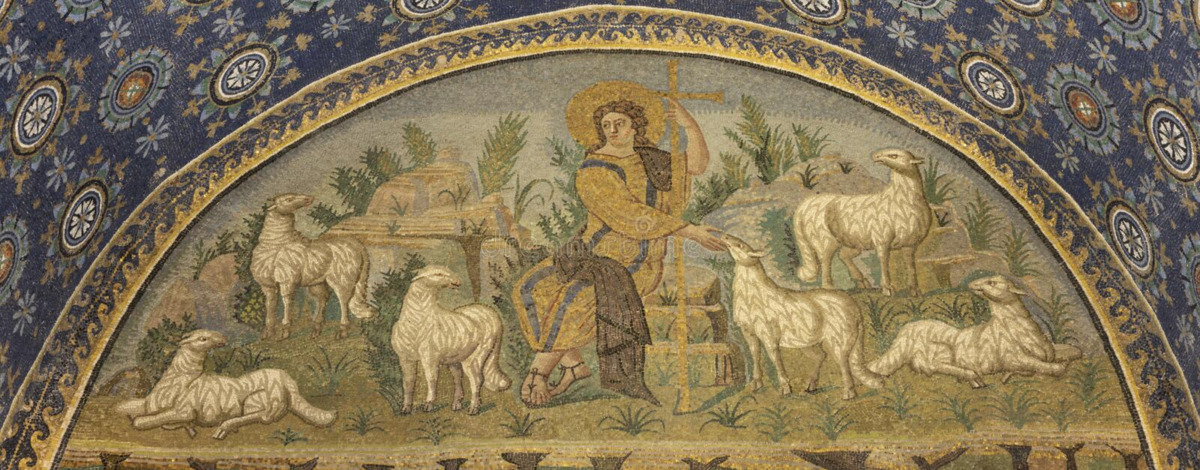Chapters
When visiting historic Latin churches from different eras, one can get the impression that they are all similar in some way. Such similarities include the plan of the Latin cross and the division into naves. When we follow the trail of sacral architecture, from today to antiquity, we will notice that the above-mentioned similarities come from early Christian art, and these, in turn, were taken over from pagan times, from civil and not sacral construction. Why, then, do our churches refer to the heritage of the basilica building, and not to Greek, Etruscan and Roman temples modelled on them?
A short outline of the history of Christianity
The constant expansion of the Roman empire must have resulted in the influx of new religions that acted both to decompose and to bind together. Founded in the 1st century CE Christianity, despite the numerous and cruel persecutions that the followers of Christ had to endure, quite quickly and miraculously took over the territories belonging to the empire. In 313 CE Emperor Constantine promulgates the Edict of Milan guaranteeing freedom for all religions. Christianity, although recently affected by bloody persecutions, is favoured by Constantine (by condemning Arianism and elevating the doctrine of St. Athanasius at the Council of Nicaea, the emperor interferes in the internal doctrinal affairs of the Church). From an underground church, Christianity slowly turns into a public faith (officially since the time of Theodosius the Great).
New reality
The Edict of Milan, after the persecution of Diocletian, opened the door to public life for Christians. Until now, the first Christians needed only a place of assembly for members of the community. They were mostly hidden in catacombs and private houses. Due to the repression, one could not afford to draw too much attention to oneself, which hindered the development of art. However, due to the increasing number of believers, it was necessary to look for new, larger objects. Thanks to tolerance, there was no need to hide places of worship and all the items needed for the celebration of holy masses.
Why not adopt pagan temples?
The Romans have long been considered pious people, so the multitude of pagan places of worship in cities should not surprise anyone. The growing Christianity, although it naturally displaced the old religions, did not negate the old tradition and achievements of civilization. Mythological elements present in early Christian art can serve as an example. The famous mosaic depicts the good shepherd (Christian symbol) Jesus Christ as a young man with a nimbus (a mythological symbol). Apollo was depicted in a similar way.
So why didn’t Christians adopt the style of pagan temples for their churches? There are perhaps two reasons. First, Christians believed that pagan temples were inhabited by demons. Secondly, they did not meet certain conditions. Roman temples, modelled on Greek ones, having a cella (a room in which the altar was located), were small enough to accommodate the mass of people participating in the Holy Sacrifice of the Mass. Pagan religious buildings were built for use only by priests. The people only circled the building in solemn processions. In addition, a raised space was needed for the episcopal throne.
The Roman market hall is an ideal model
In ancient Rome, the basilica standing in the forum, serving as a market and court hall, was an ideal solution. By definition, it was designed to accommodate the largest possible number of people, and its permanent element of equipment was the judge’s chair, placed on a platform or in the apse. The building was divided by a line of columns into naves. In addition, the water tank (impluvium) located in the atrium could be adapted for the baptismal font.
Over time, in the architecture of early Christianity, a transept developed, the ending of which with an apse slowly began to evolve towards a building on the Latin cross plan. Its origin is not clear. It is possible that it comes from the plans of ancient atrial houses in which services were initially held. In the side wings (alae) one can see a resemblance to a transept. It is also important to note the similarity of the early Christian basilica to the imperial forums – Augustus and, above all, Trajan (the Ulpia Basilica forms a kind of transept). The adaptation of imperial architecture by the Christian churches can be explained by the transfer of monotheistic worship from the emperor to Christ. It is worth mentioning that transepts appeared mainly at large churches funded by the emperor.
- Former (early Christian) Basilica of St. Peter in Rome
- Late Roman mosaic depicting Apollo as a youth with his head surrounded by a nimbus
- The Good Shepherd, Mausoleum of Galla Placidia in Ravenna, 5th century










